You may have noticed that ATVs do not use alternators to charge its battery as a car do. And you know that keeping the battery topped off is essential for the bike to function properly.
Quite many functions like the starter, cooling fans, lights, winch, power steering, heated grips, GPS, and other accessories require electricity to work.
So how then is it being charged? What is generating its juice?
An ATV uses what is called a stator system or magneto system to charge its battery. This is a fairly simple and robust system located on the inside of the ATV’s engine. Any time the engine is running, the stator is continuously generating an electric charge. Some of the electricity is used to power the bikes different electrical components. What’s left is being used to charge the battery.
If you’re anything like me, you want to know how your vehicle’s various systems are actually working.
This gives you a better understanding of its capabilities and limitations and makes troubleshooting a bit easier when things do not work as it’s supposed to.
A stator system can be designed in several ways, but they all share the same working principles.
Inside the engine crankcase, you have a shaft (the crankshaft) spinning at the same speed as the bike RPMs. The more throttle you give, the faster this shaft rotates.
The engine power is what powers the charging system. The charging system will “rob” your engine for about 0,5 hp on maximum output, which practically makes it a non-issue.
The charging system is connected directly to this shaft and basically consists of three different components. This is a rotor or flywheel, a stator, and a regulator rectifier.
The stator and flywheel are located inside the engine behind this cover.The stator looks like a drum or a ring that’s made up of multiple laminated non-conductive bars wrapped in thin copper wire.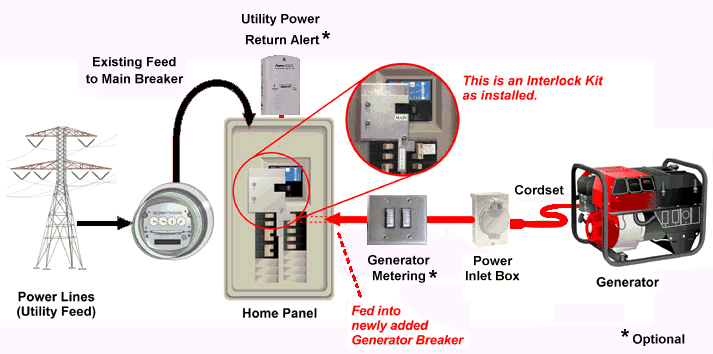 Each bar works like a coil.
Each bar works like a coil.
The number of bars varies from manufacturer to manufacturer and model to model, depending on the power output the bike requires. The shaft goes through this ring of coils, but the stator itself is not spinning.
One typical charging system style has the rotor mounted directly to the shaft, inside the stator. On the outside of the rotor, you’ll have several magnets.
Most common, however, is another variation of the system where the magnets are connected inside a flywheel that spins on the outside of the stator.
Both systems basically work the same way: When the magnets on the rotor or the flywheel spin past the coils on the stator, the magnet will induce a current in the coils. With each revolution, this current reverses itself, and you get an alternating current.
However, this current is too unstable to be let directly into the bike’s electrical system as the voltage varies in-line with the engine speed, and at full speed is way too high.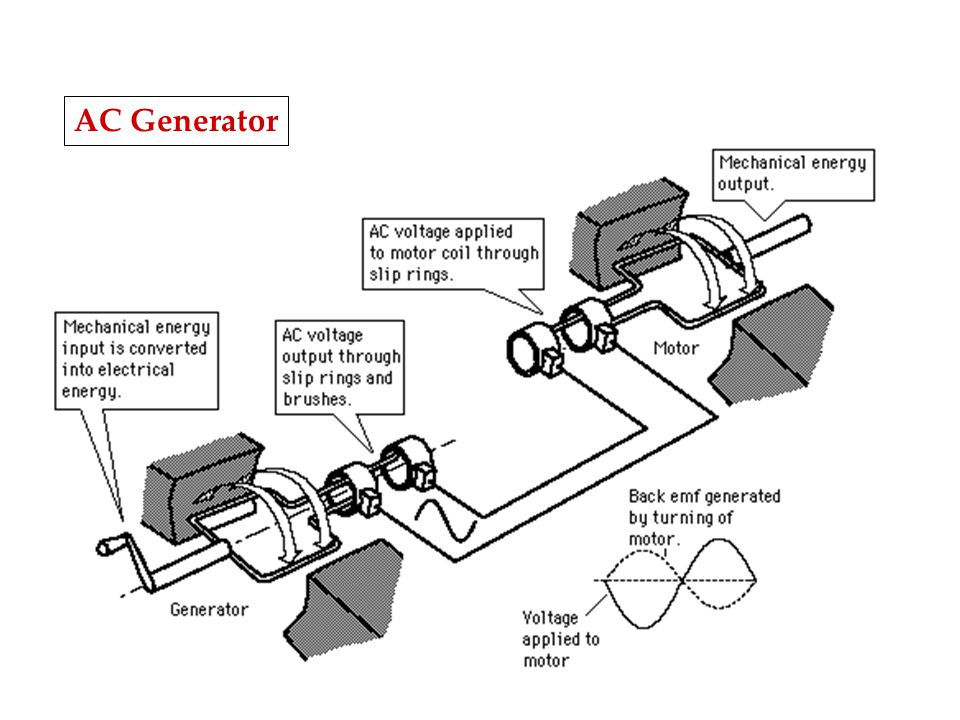
The current also needs to be converted from alternating current (AC) to direct current (DC) before it can be used to charge the ATV battery. This is achieved by sending the current through a regulator rectifier.
This is usually a small black or metal box with heat fins on the outside to better dispose of the heat created by the semiconductors inside.
The regulator on my Polaris.The power that comes out of this box is ready to be used by the rest of the bike’s electrical system.
A common fault on ATVs is when the regulator-part of this box fails, and you’ll get too high voltage pumped out into the bike’s electrical system. This may cause bulbs to go out, heated grips to die, and batteries to boil dry.
It’s important to measure your regulator’s output as soon as you suspect it has gone bad.
No, it’s not. A big chunk of the power the charging system generates is being used right away to power the bike’s electric components.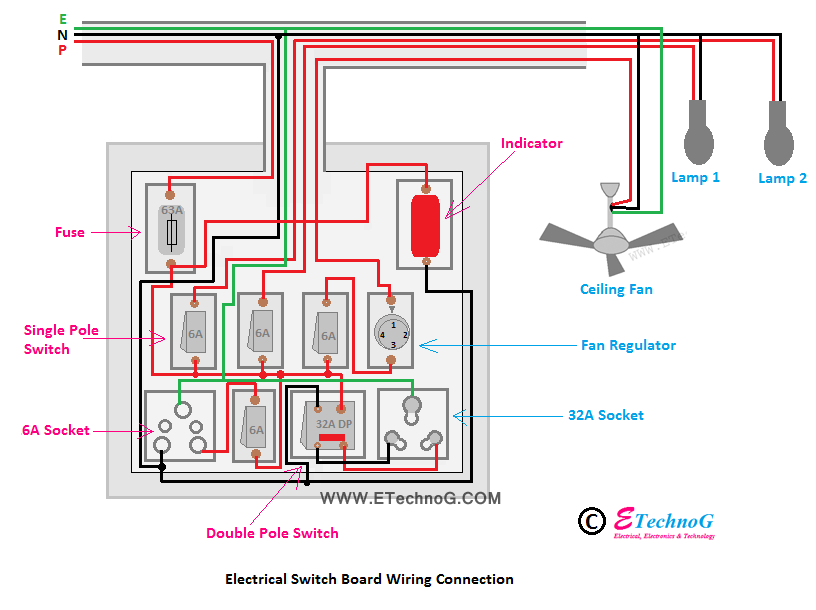
The charging system and the battery are designed to work hand in hand, and the power that’s left goes to charging the battery. When the ATV only needs a small current to power electric components, the battery gets a good charge.
Other times like when you use a winch, hand warmers, or other power-hungry accessories, you actually use more power than the charging system can deliver, and power is taken from the battery.
Belt driven automotive-style alternators can create a substantially higher power output than the magneto style systems used on ATVs. Why do the manufacturers choose an inferior system to be used on our bikes?
Well, it all boils down to technical challenges. An alternator needs a lot of air blown by it to keep it cool. But it has to be relatively dry and clean air. The alternator cannot handle the wet and dirty conditions it likely will be exposed to when fitted to an ATV.
On the other hand, Stator systems are well protected inside the bike’s crankcase and do not require a constant airflow to keep them cool as they are designed to tolerate relatively high temperatures.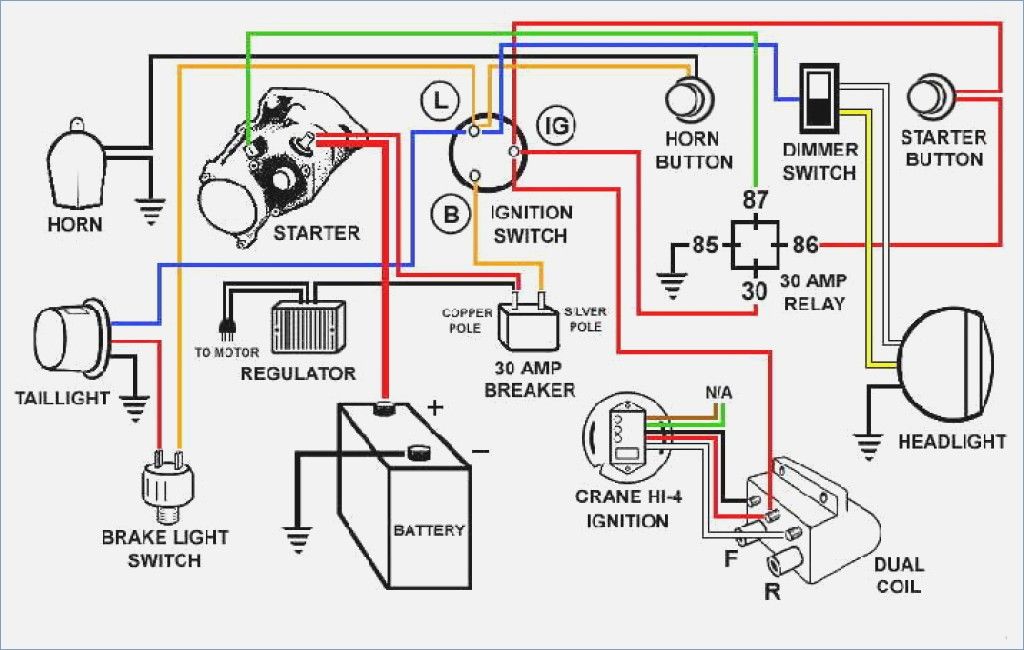
Different combinations of engine coolant, engine oil, and internal fans are used to keep the stator system operating within its rated temperature range.
Space limitations are also a deciding factor when the designers choose to use stator systems over alternators as the latter typically require a lot more room.
This is no problem in the relatively spacious engine compartment of a car, but on ATV’s the design needs to be compact, which can more easily be achieved with a stator system.
But over the years, ATVs have been and still are being fitted with an increasing number of power-hungry electric components. This puts ever-increasing stress on the bike’s charging system and battery.
To keep up, the engineers have been busy making improvements to stator type charging systems. The systems have evolved tremendously, and the average power output has increased by as much as 3-4 times from the 1990s up to today.
And for the most part, they still manage to keep up with the demand.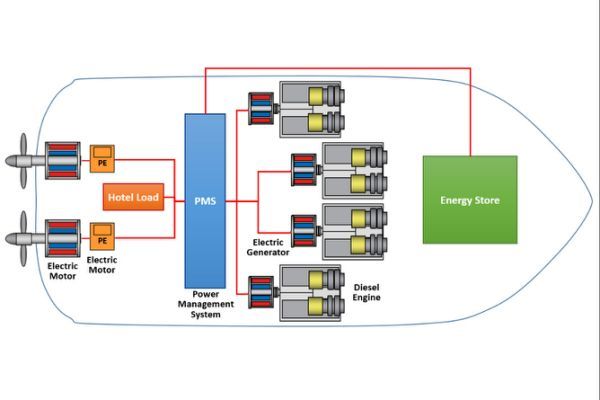
Changes that have been made are the use of a better type of magnets, amping up the number of coils and magnets by increasing the diameter of the flywheel and moving from a 1 phase to a 3 phase power output system.
Only the future can tell us if ATV’s will still be using stator systems for the years to come or if the ever-increasing demand for electric power at some point will force the engineers to start looking for alternatives like the alternator or others.
When the bike uses more electricity than the charging system can deliver, the power needs to come from the battery.
ATV batteries have low amp-hour capacities and are primarily meant to power the starter for just some seconds at a time.
Over time, overuse will drain the battery, resulting in you not being able to start the bike. And even worse, it can permanently damage the battery.
This can happen when you only use the bike for short periods of time each time you ride.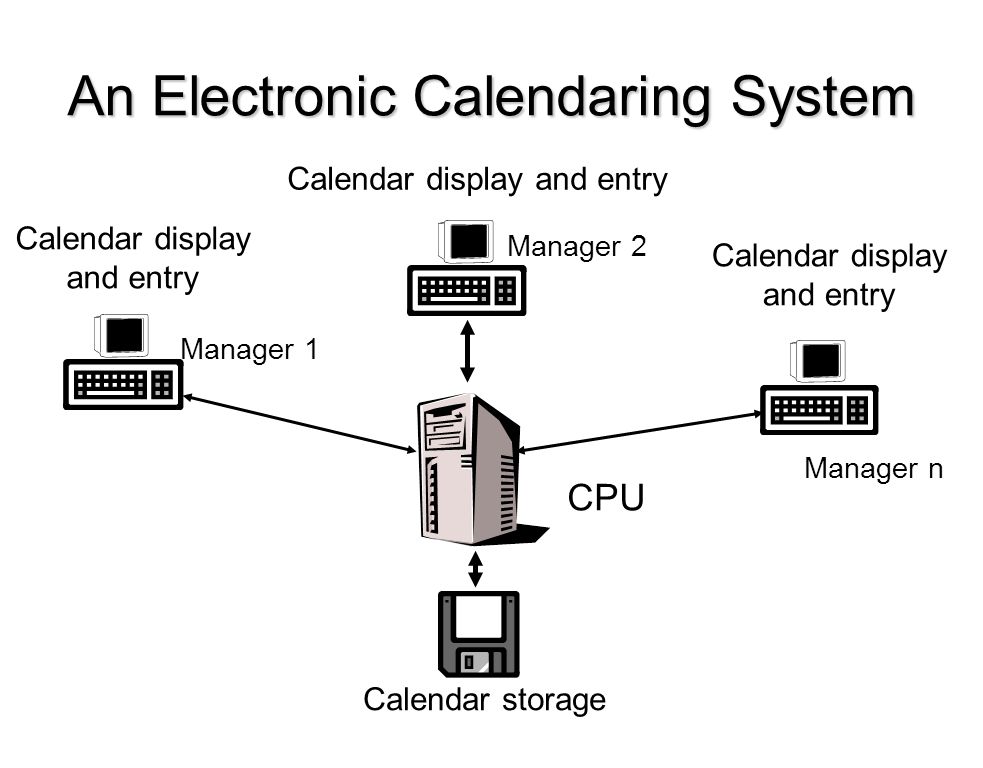 The starter will drain quite a bit of power from the battery, and the charging system will need some time to charge it back to where it was.
The starter will drain quite a bit of power from the battery, and the charging system will need some time to charge it back to where it was.
Also, if you do a lot of winching, for example, when plowing, you may find you use more power than the system can deliver. Riding in low gear range may solve this as the higher REVs will give more power from the charging systems.
But sometimes this is not enough. Then your best option will be to hook up a charger to top off the battery in between each time you ride it.
Related: How to Charge Any ATV or UTV Battery; All You Must Know
I recommend getting a fully automatic battery tender that can be left connected without the risk of overcharging the battery.
The Ctek Multi XS 3600 is a cheap charger/tender that works well.ATV’s generally use one of two types of batteries. These are flooded acid-lead batteries (flooded batteries) and Absorbed Glass Mat batteries (AGM).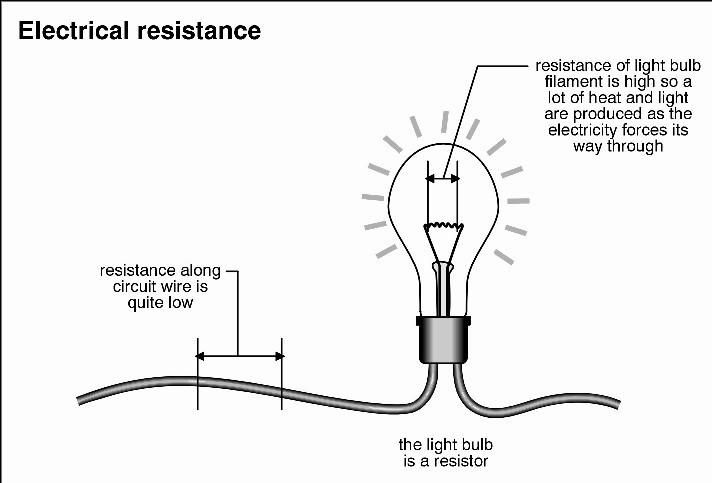
The acid batteries are the cheapest but cannot handle such a beating that gel batteries can. They are prone to spillage, which is not ideal for motorsport or off-road applications. Maintaining them can also be quite a hassle.
The AGM batteries are filled with gel and are practically maintenance-free. There is no risk of spillage, and they usually will last a lot longer. They cost a bit more to purchase, but the added cost will more than likely pay off in no time for the average ATV owner.
In my opinion, they are the perfect match for ATV’s.
As for charging, the AGM batteries allow for faster recharge and a slower discharge than the flooded acid-lead batteries. This is due to lower internal resistance.
Table of Contents
Many car owners have heard the term alternator or have had their alternator go out on them. Alternators are standard on almost all highway vehicles and it is used to power your electrical system and charge your battery so it is ready for the next time you go to crank up your car.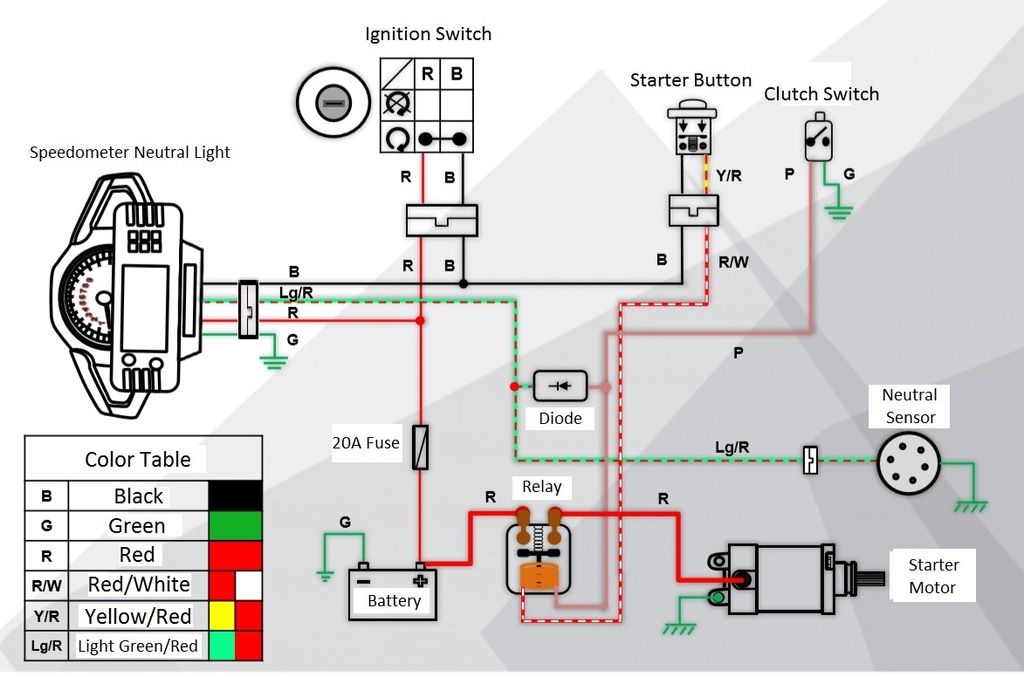
You may be wondering to yourself if UTVs and ATVs have alternators to charge their battery and keep all the electronics powered and the simple answer is no.
ATVs and UTVs don’t have alternators. In fact, they use what is called a magneto system where magnets embedded on the flywheel pass over wire coils or stator to create an electrical current to power your vehicle.
Charging systems on ATVs and UTVs are different than your average 4 wheeled highway vehicles and I wanted to share a few tips and facts about them that you may not know. First you need to know a bit more about a magneto system compared to a traditional alternator system to gain full advantage of this system and be sure you keep it in tip top shape.
I suggest you maintain your battery but anything can happen on the trail and I suggest bringing a portable battery charger with you like this one from Amazon. I will discuss this more a bit later on but I personally use this charger on everything I own from motorcycle to lawn mower to ATV. Let’s start learning about your vehicle’s charging system by watching this short video in the basics!
Let’s start learning about your vehicle’s charging system by watching this short video in the basics!
So we all know what alternators are now right? Well you probably know the name and a little about what it does but let’s dive in and see just how it works before we move on to the magneto stator system. There are 3 components to a normal automotive charging system and they include the alternator, battery, and voltage regulator. All of you electrical components such as power windows, locks, dashboard instrumentation, and all your lights are powered by the alternator and battery as they work together. Alternators actually alternate current and is where they get their names from. There is alternating current (AC) and direct current (DC) and vehicle employ both types.
Engines in vehicles drive various components and one of them is the crankshaft. The crankshaft turns when the engine is running and in turn, operates the alternator allowing it to create current to power all your electronics. Alternators are generally connected to the crankshaft by a belt that is attached to a pulley. This pulley allows you to tighten or loosen the belt in order to do maintenance. Alternators produce AC power through electromagnetism. So what is electromagnetism?
It is the physics of electricity and magnetism. An interaction between electricity and magnetism, as when an electric current or a changing electric field generates a magnetic field, or when a changing magnetic field generates an electric field.
Webster’s New World College Dictionary, Fifth Edition Copyright © 2014
Now that we know how an alternator works, let’s take a look at the components of one very briefly. Again this is to make sure you know the difference between the type of charging system on regular highway vehicles and UTV or ATV systems.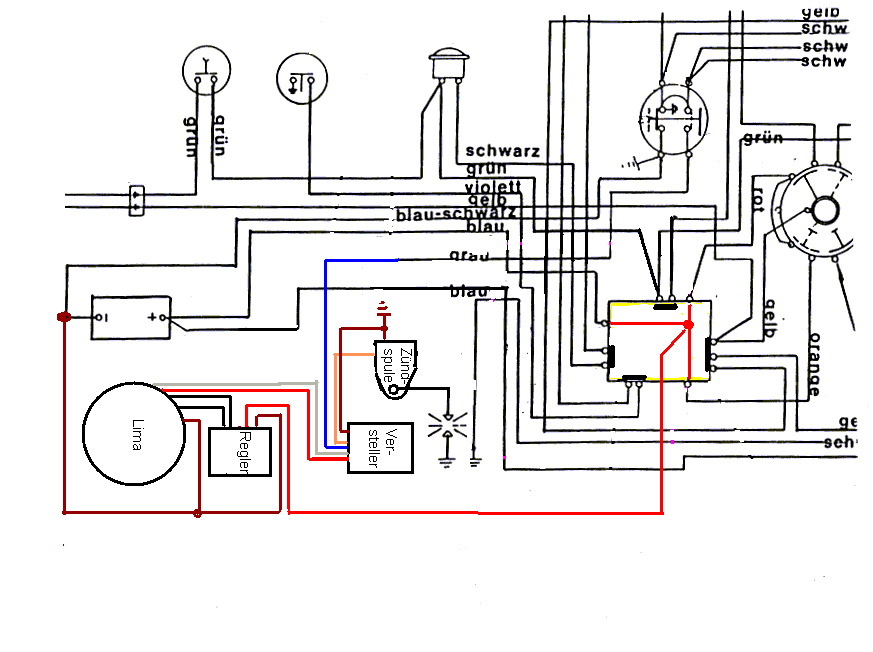
Most highway vehicle alternators are fairly small and can be easily installed (once all the components are out of the way) into a vehicle should something go wrong.
Alternators require a lot of direct airflow to keep them cool why they operate and this is why they have aluminum housings because it will also aid in the dissipation of heat.
The split ring in the electric motor reverses the direction of current flowing through the coil after every half rotation of the coil. DC motors like to reverse every time this happens and the split rings keep the current from reversing, i.e. direct current (DC).
The bearings are little round pieces of smooth metal that are spherical shape and the rotor rotates on these. It is critical these bearings are perfectly round and do not get damaged as they keep the rotor balanced during its rotations.
The rotor moves inside an electromagnetic system in an alternator. Its rotation is due to the interaction between the windings and magnetic fields which produces a torque around the rotor’s axis.
Its rotation is due to the interaction between the windings and magnetic fields which produces a torque around the rotor’s axis.
The stator is the stationary part of the alternator and does not turn, but the rotor turns inside the stator. As the rotor turns inside the stator, the magnetic field of the rotor turns past the stator windings with each rotation and produces an electrical current in the windings. Because of the rotation of the rotor, an alternating current is produced.
As I said before, alternators can get very hot and need to be able to dissipate heat. Along with aluminum housings, open design for better airflow, fans are used to augment the cooling for alternators.
A rectifier is an electrical device that converts alternating current (AC), which periodically reverses direction, to direct current (DC), which flows in only one direction.
A voltage regulator controls the voltage produced by an alternator and allows it to recharge the battery.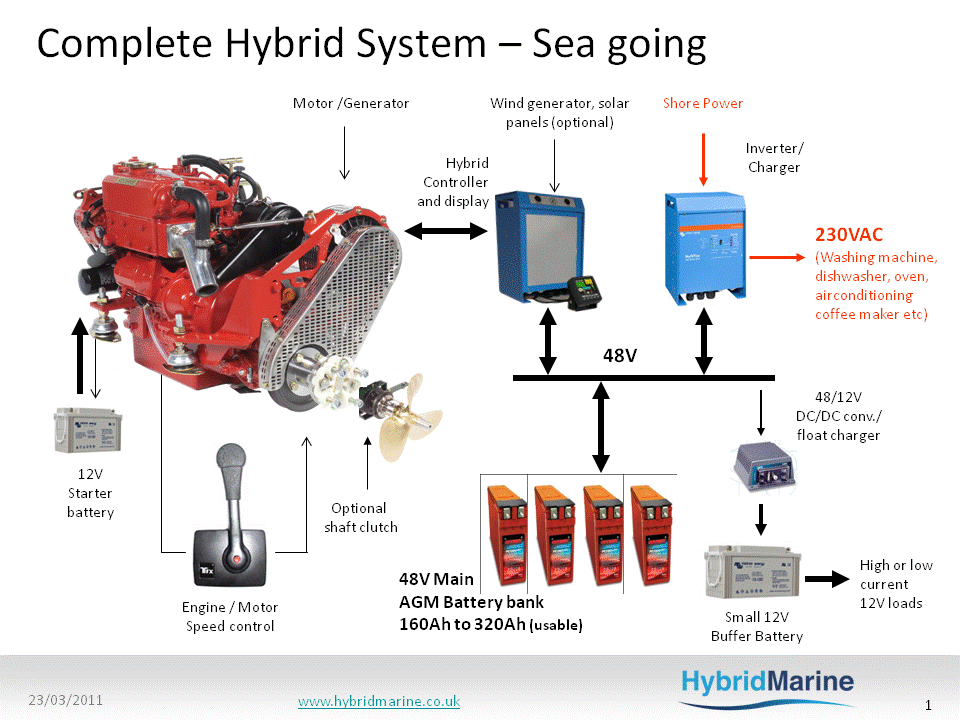 The regulator forces the alternator to maintain a voltage of between 13.5 volts and 14.5 volts.
The regulator forces the alternator to maintain a voltage of between 13.5 volts and 14.5 volts.
UTVs, ATVs, Motorcycles, and even snowmobiles use the same system to charge their machines and it is called the magneto stator system. The magneto used magnets that are permanently embedded into the UTVs or ATVs flywheel to produce electrical current instead of having it as a part of the alternator housing like normal vehicles.
If you have been reading along then you know by now that alternators require a lot of extra cooling like airflow and vented housing to keep them running optimally while not overheating. It is much harder to get the airflow you need in a UTV or an ATV because there is no room for, or the alternators would not be in a place conducive to cooling on these vehicles.
Another major reason that an alternator is not used is because they can’t handle getting water, dirt, or debris in them because it will keep them from performing. They can also handle more extreme temperatures of up to 350 degrees fahrenheit! Designs such as engine coolant passages, oil cooling, and fan blades located inside the compartment are all used to keep magnetos operating within their specified temperature range. Off road vehicles like UTVs and ATVs are always kicking up dirt and dust or riding through terrain that is not very friendly to an alternator so another design had to be used in order to maximize the life and performance without any of the negative drawbacks that alternators pose. In fact the first ATV even came with this magneto based design because the engineers were aware of the challenges an alternator would face in day to day situations that these vehicles would present.
They can also handle more extreme temperatures of up to 350 degrees fahrenheit! Designs such as engine coolant passages, oil cooling, and fan blades located inside the compartment are all used to keep magnetos operating within their specified temperature range. Off road vehicles like UTVs and ATVs are always kicking up dirt and dust or riding through terrain that is not very friendly to an alternator so another design had to be used in order to maximize the life and performance without any of the negative drawbacks that alternators pose. In fact the first ATV even came with this magneto based design because the engineers were aware of the challenges an alternator would face in day to day situations that these vehicles would present.
Magnetos are contained inside the engine compartment and sealed away from all the foreign material that may impede its operation so this style system is much more suited for us in our off road vehicle but it isn’t just offroad vehicles that implement this technology.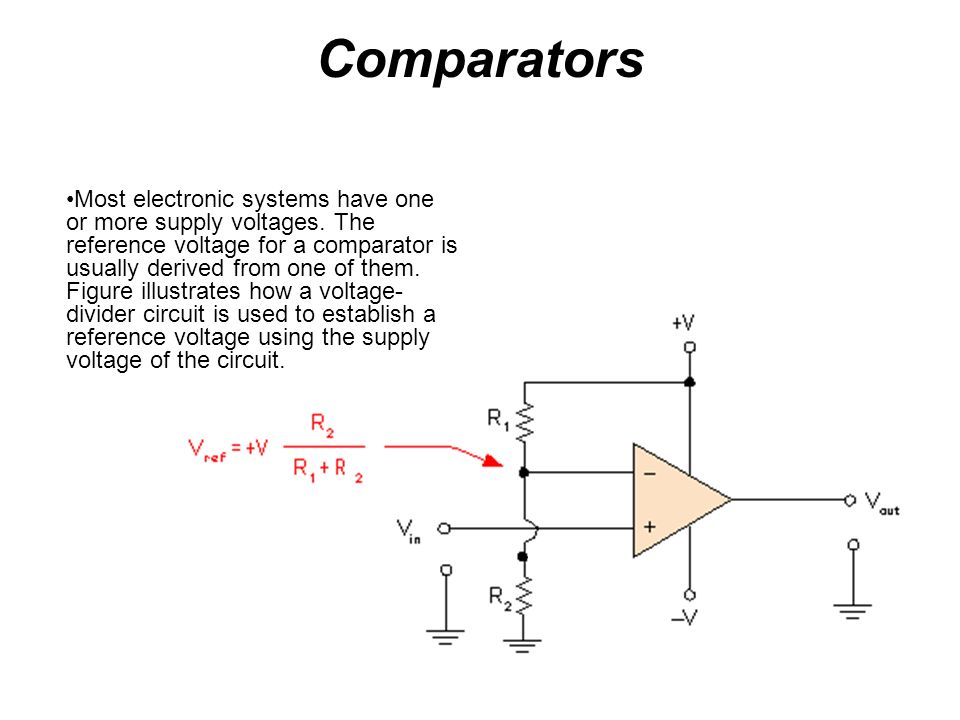 Motorcycles do too and some of the earliest motorcycles came factory equipped this way.
Motorcycles do too and some of the earliest motorcycles came factory equipped this way.
When I wrecked my 2006 Yamaha R6, I sheared open the stator compartment and tore up the stator and magnets inside the compartment and had to replace them both. That bike had a generator stator and self contained alternator. That was the first time I learned about the charging systems on vehicles and why they are used the way they are.
Magneto for a Yamaha R6. See the magnets around the circle?There are 2 types of charging systems and they are single phase and 3 phase. A phase in electricity means the distribution of the power load. Single phase uses a two wire system to transfer current, or power, and a 3 phase uses 3 wires. When we talk about phases, we are always referring to alternating current (AC) because DC is direct current and only flows one way.
Another key factor is that single phase is more inconsistent than 3 phase because the single phase system has multiple peaks and valleys in its power distribution and 3 phase does not.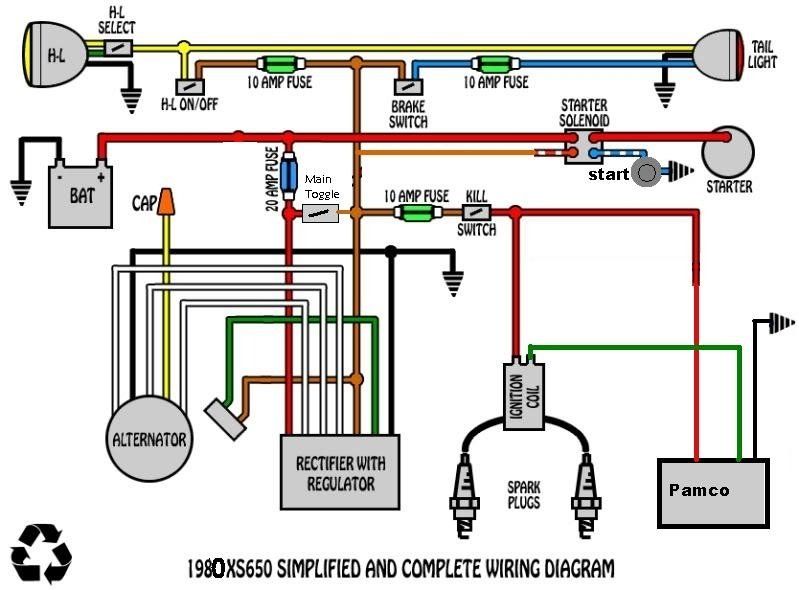 This allows more consistency in a 3 phase system giving it a more steady and constant power feed.
This allows more consistency in a 3 phase system giving it a more steady and constant power feed.
3 phase is also more efficient because it can transmit up to 3 times as much power by transmitting on only one extra wire. This means that the 3 phase system will use less conduction to transfer the electrical current, or power, to where it needs to go so it is easy to see why you would want to choose a 3 phase system.
A stator is made up of multiple laminated bars that are wrapped up with thin copper wiring that makes each of the poles inside into a coil. Different manufacturers use different styles and pole counts for each of their vehicles so it is hard to tell exactly how many poles your setup with have without counting.
The rotor is a small wheel that is mounted to the crankshaft of the engine. It spins according to the engines rotation and speeds up the higher the engine revs. As the rotor or flywheel spins past the stator and several poles of copper wire, the magnets will cause current to flow through the coils. This generates current and with each revolution of the stator, the current will reverse and this is what creates an alternating current that is used to supply power to all the parts of your UTV or ATV.
This generates current and with each revolution of the stator, the current will reverse and this is what creates an alternating current that is used to supply power to all the parts of your UTV or ATV.
While the magneto or rotor and stator continue to create power, there has to be a way to control it. In comes the rectifier/regulator which converts this alternating current into direct current because a battery can only store direct current. The regulator controls how much power is being output to the system from the stator.
The stator and the magneto are really the same thing. Simply put the stator is the stationary, wire wound portion of the power generation system. Magneto is commonly used when describing a permanent magnet used to produce alternating current.
Belt driven alternators are inherently more powerful because they have stationary magnets with a rotating stator.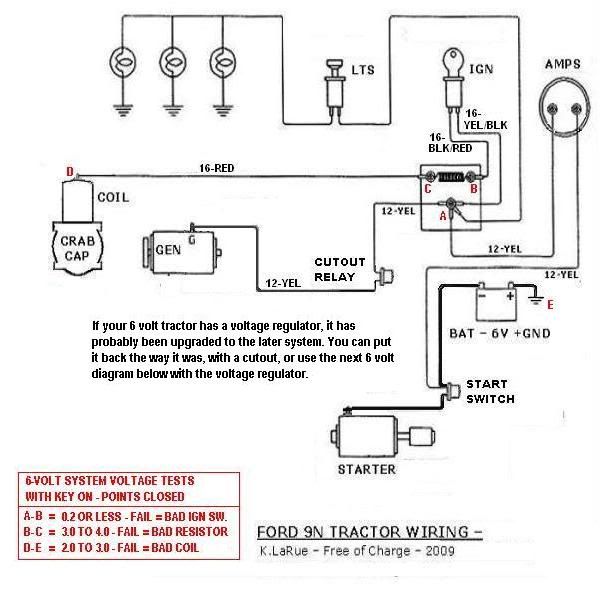 This allows them to gain more speed and produce more current than that magneto system.
This allows them to gain more speed and produce more current than that magneto system.
The magneto style is the inverse of an alternator and has magnets that rotate around a stationary stator. A magneto simply can’t supply enough amps to charge a 12V battery that will be operating your interior and exterior lights, stereo, electrical engine components, and other accessories on a larger highway vehicle.
Because ATVs and UTVs operate at lower speeds more often there is always a chance that there will be more draw on your system than the magneto can actually make up for. This is mostly true when adding extra components that put extra current draw on the system and can be the case if you use accessories like lights or a winch too long without charging the system back up. Below are some maintenance tips to help prolong and enhance the life of your battery.
A better quality battery will be able to handle more strain than your normal factory battery and will be able to store more juice if you get one a little bit bigger. I always upgrade my batteries after a few months of use because I don’t want to risk having a sub par battery ruining my trip.
I always upgrade my batteries after a few months of use because I don’t want to risk having a sub par battery ruining my trip.
Make sure you take care of your battery to keep the cells inside as healthy as possible. Batteries lose their charge over time, especially when they are connected to any kind of vehicle. There is a small amount of constant discharge that is happening every day and you want to keep your battery topped off, but not overcharged.
The charger I linked in the first few paragraphs does really well at keeping your battery charged and is called a trickle charger for this reason. It stops charging once the battery is full and as soon as it discharges just a bit, the charger kicks on and charges it back to full.
As I mentioned you should always keep a trickle charger on your battery when not in use but if you neglect your battery then you will notice things like dim headlights or accessory lights and you will know then that it is time to get that battery charged the right way.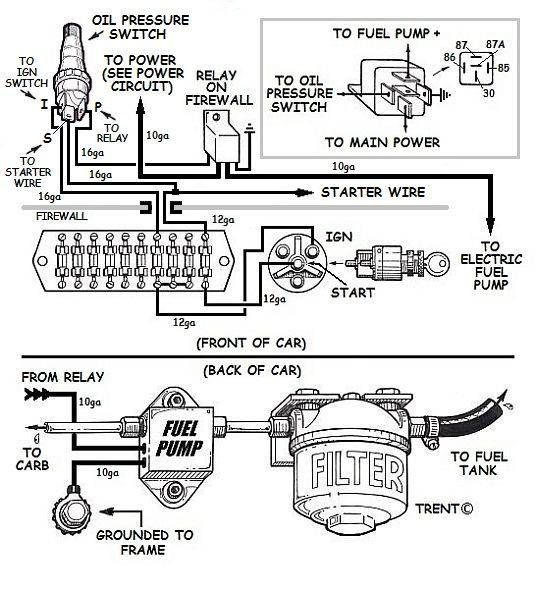
The more accessories you add to your vehicle, the more work you are asking the charging system to do. You can find a more powerful charging system for your vehicles that includes updates such as upgrading to rare-earth magnets, adding more charging coils and permanent magnets by making the flywheel a larger diameter. Also using 3 phase instead of single phase power output systems will work better. All of these upgrades will have a higher cost attached and be more susceptible to heat problems due to increased power generation.
Some alternators are beginning to be used on 4-stroke snowmobiles and will let them use more accessories than the standard magneto systems. An alternator is possible on snowmobiles because they are designed to keep air moving through the hood of the machine allowing the alternator to stay cool while producing extra power. Snowmobiles are not designed to be operated submerged in water the way ATVs and UTVs are.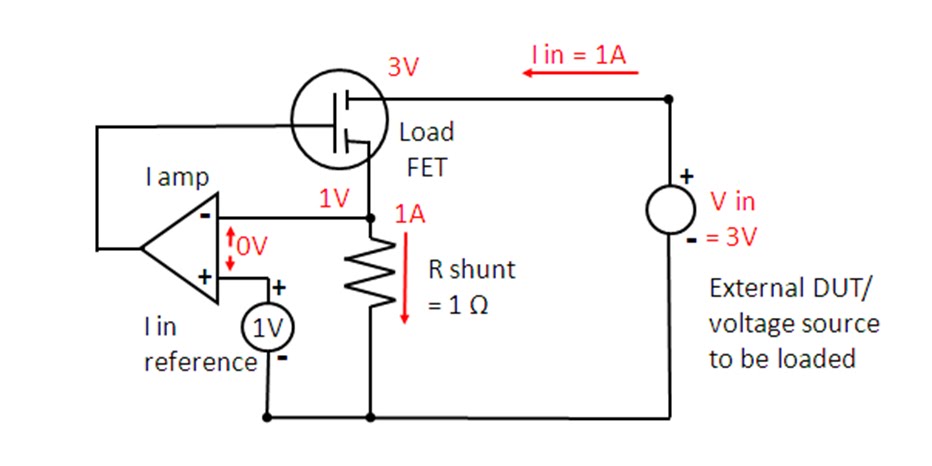
Magnetos systems are constantly being improved and, despite the lack of power compared to a standard alternator, are the best option for our powersport electrical systems.
You never know what will happen on the trail and it is always nice to have a backup plan just in case something goes haywire. You can follow all of my tips above and still have a hiccup and end up stranded out on the trail because of a dead battery. The best way to prevent that is to bring along a portable battery pack or jump starter like this nice portable one over at Amazon. It will get you out of a pinch and back home if you happen to run your battery dead trying to get a friend out of the mud. Use the tips in this article I wrote to get you or any of your friends unstuck out on the trail.
The ATV battery is one of the most important elements in its electrical system. Given the amount of additional equipment installed on the ATV (winches, additional lights, alarms, heating, etc.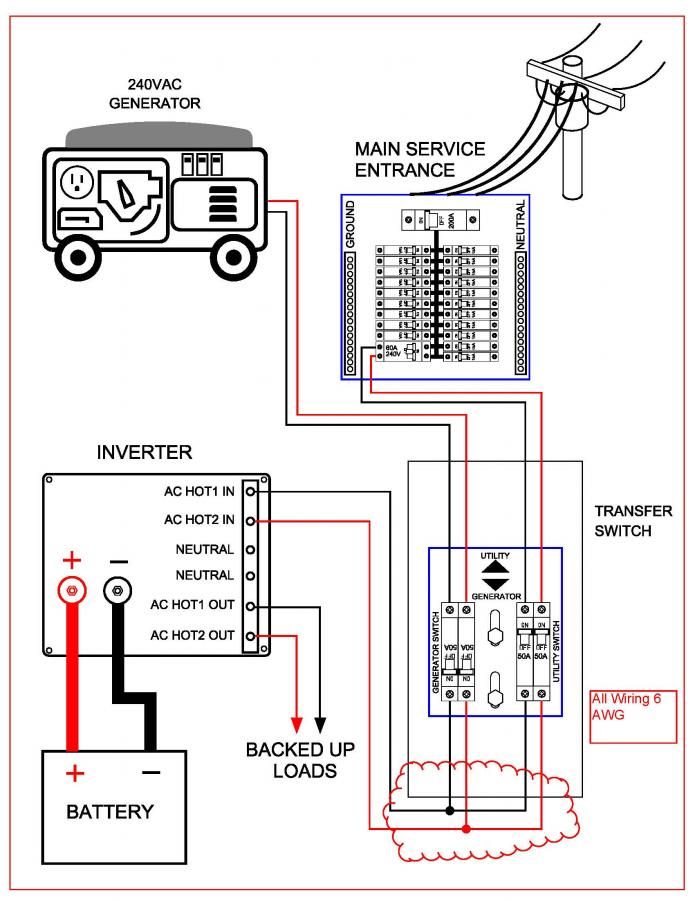 ), the battery often does not charge to the end. And the owners do not pay due attention to this, which is why they change the battery every season. Believe me, with proper care, the battery can last 3 or more seasons. Let's pay attention to the rules for charging your ATV battery, consider errors and answer questions that arise when servicing the battery.
), the battery often does not charge to the end. And the owners do not pay due attention to this, which is why they change the battery every season. Believe me, with proper care, the battery can last 3 or more seasons. Let's pay attention to the rules for charging your ATV battery, consider errors and answer questions that arise when servicing the battery.
Warning. The conversation for the most part will be about serviced batteries. Maintenance free ones have no plugs (at the top of the battery) and only need a timely and full charge, and their owners may skip some of the points described below.
Can I use a car charger to charge my ATV battery?
It is possible, in the case when the charger has a charge current adjustment and it is possible to set the minimum current from 0.5 to 0.7.A. There is a simple rule: one tenth of the battery capacity will be considered the normal current for charging (calculation should be made in Amperes). Of course, it is much easier and more correct to use special devices designed for low charging current.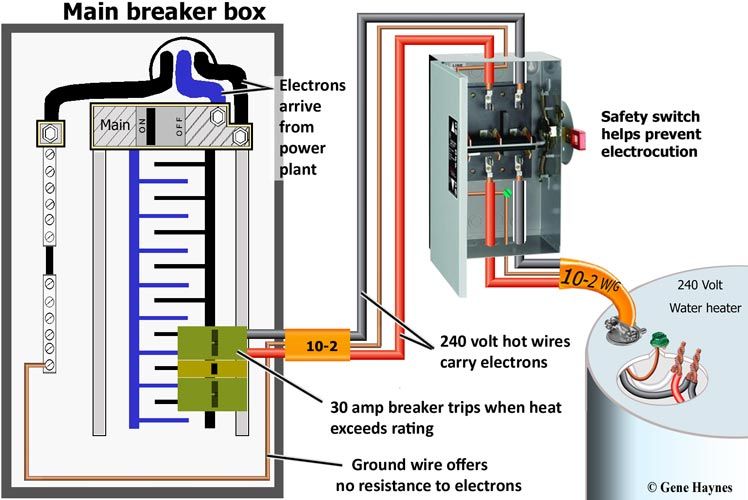 Complete with the charger always comes instructions for use, which contains the basic requirements and rules, do not neglect to read it.
Complete with the charger always comes instructions for use, which contains the basic requirements and rules, do not neglect to read it.
Is charging noise and boiling normal?
Moderate boiling is normal. This is explained by the reaction in which the electrolyte enters with lead plates, in which the acid releases a certain amount of gas. It is worth worrying if the boiling is excessively strong - this indicates that the charge current has been exceeded.
Why does a new battery drain quickly?
What is sulfation?
Sulfation is the formation of lead sulfate (white matter) on the battery plates.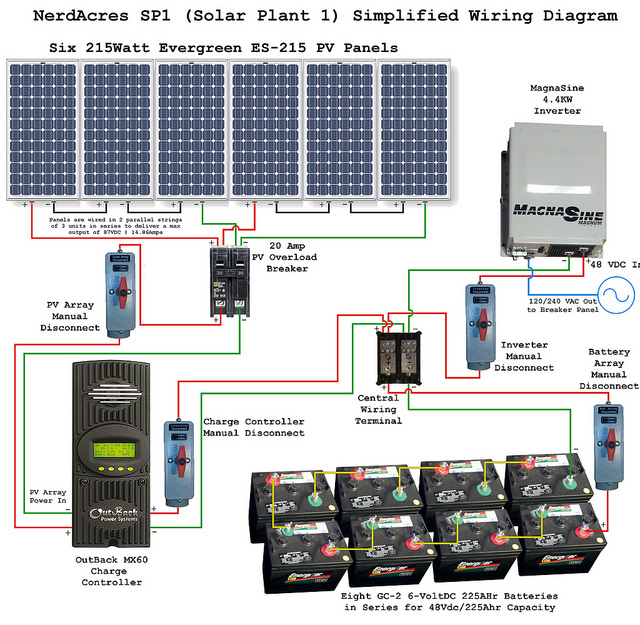
All old and failed batteries are subject to this phenomenon.
What affects the sulfation process?
How to avoid sulfation?
Monitor the condition of the ATV's electrical system at all times. The battery loses its charge significantly during the engine start, and the charge must be replenished when driving, so monitor the health of the regulator and generator relays. When the ATV is not used for a long time, remove the battery and charge it with the charger at least once every 2 months. When the first signs of sulfation appear, charge the battery with low current for a long time (up to 2 or more days).
Amps / hours - what is the characteristic?
This is the unit in which the battery capacity is measured. For example, a fully charged battery with a capacity of 1 Ah should theoretically provide a current of 1 ampere for an hour.
For example, a fully charged battery with a capacity of 1 Ah should theoretically provide a current of 1 ampere for an hour.
How and why to monitor the electrolyte level?
The electrolyte is sulfuric acid diluted with water in the right proportion. During operation, water evaporates, and the proportion of sulfuric acid increases, which, in turn, adversely affects the health of the battery.
If the electrolyte level drops (each battery has a normal level mark), add distilled water (available from auto parts stores) to the mark.
How can I tell if the battery is charged?
A charged battery produces 12.8V. If your multimeter measures 12.5V or less, the battery needs to be charged.
Which terminal should be connected first when installing the battery on the ATV?
Always connect the positive terminal first. When connecting the wire to the terminal, a spark may occur, so all flammable liquids must be removed in advance.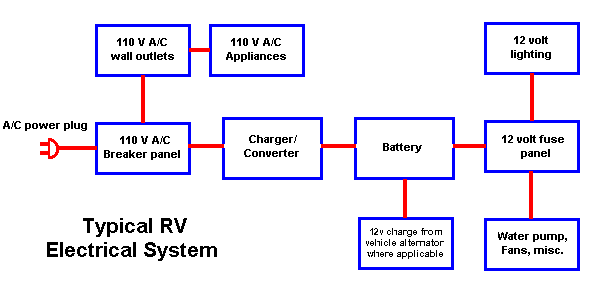 Always tighten the bolts on the terminals firmly to avoid short circuits. The terminals can be treated with a lubricant to prevent oxidation.
Always tighten the bolts on the terminals firmly to avoid short circuits. The terminals can be treated with a lubricant to prevent oxidation.
What happens if the polarity is reversed?
Always respect the polarity - wrong polarity can lead to a blown fuse at best and an exploding battery at worst.
How to store the battery in winter?
If you do not use the ATV in winter, the battery must be removed and stored in a cool place, and charged several times during the winter with a small current.
As you can see, there are no difficulties in maintaining the battery, following simple rules will significantly extend battery life and save your finances.
And how to properly charge the battery, we will learn by watching the video.
General information and answers to the most important questions about motorcycle battery capacity.
1. What is motorcycle battery capacity and how is it measured
2. Typical capacities of motor batteries
3. How to find out the battery capacity of your motorcycle
4. The importance of choosing a battery with the correct capacity
5. Can the battery capacity change?
6. Should I buy a large capacity battery?
7. What affects the battery capacity?
Capacity is one of the main parameters that should be used to select a battery for a motorcycle. It is measured in ampere-hours (the designations Ah or Ah are also acceptable), which fully reflects its essence. So, for example, a capacity of 12 amp-hours means that the battery is capable of delivering a working current of 1 ampere for 12 hours. Accordingly, if a current of 0.5 amperes is enough for the normal operation of your motorcycle for an hour, the same battery will last for 24 hours.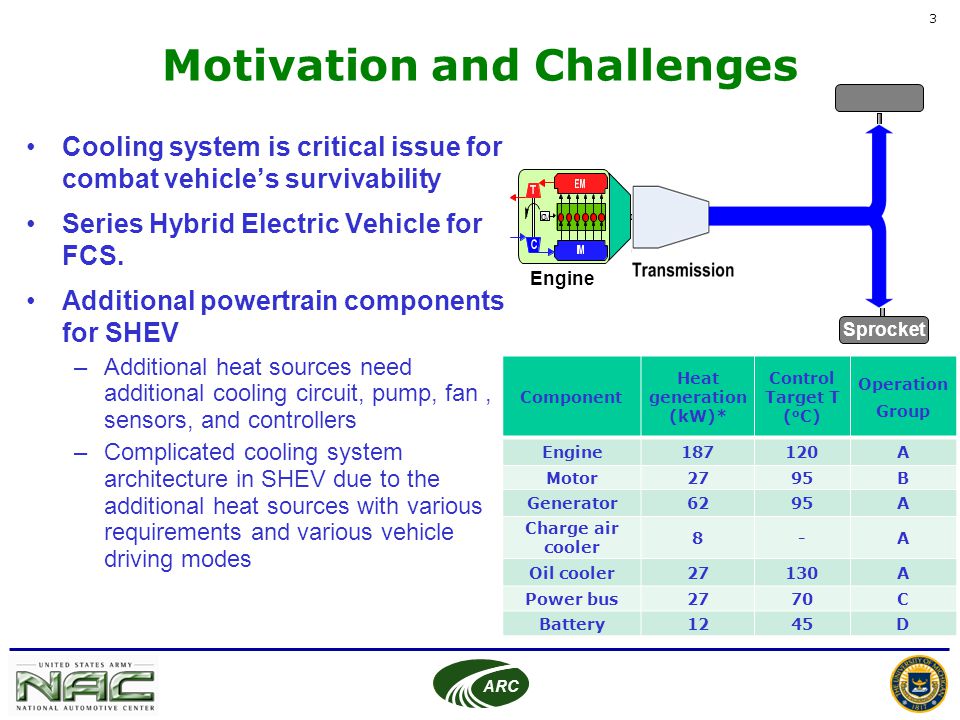 It works the other way too. If the motor requires a charge of 2 amps per hour, the capacity will last for 6 hours. All this does not mean that the battery will need to be charged every day. It's all about battery life. After all, while driving, the battery is recharged automatically. With proper operation, you will have to use a special charger no more than once every 2-3 months.
It works the other way too. If the motor requires a charge of 2 amps per hour, the capacity will last for 6 hours. All this does not mean that the battery will need to be charged every day. It's all about battery life. After all, while driving, the battery is recharged automatically. With proper operation, you will have to use a special charger no more than once every 2-3 months.
The unit of capacitance is sometimes referred to as "ampere per hour" (rather than ampere hour). This is not entirely correct. Developing our example with a 12 Ah battery, we can say that the vast majority of motorcycles per hour have enough current strength much less than 12 amperes.
Another point that depends on the capacity of the motorcycle battery is the current strength 1 when it is charging (it is the current strength, not the charging speed, we will talk about the speed a little lower). In order for the process to occur without damage to the battery itself, it is recommended to set the current on the charger to the equivalent of ten percent of its capacity. That is, our battery with a capacity of 12 Ah needs to be charged with a current of no more than 1.2 amperes.
That is, our battery with a capacity of 12 Ah needs to be charged with a current of no more than 1.2 amperes.
1. Current - the amount of electricity passing through the cross section of the conductor in one second. Ampere - the strength of the electric current, in which an amount of electricity equal to one pendant passes through the cross section of the conductor every second: 1 ampere \u003d 1 coulomb / 1 second.
The category of motor batteries includes not only batteries directly for bikes, but also devices for a wide range of motor vehicles: scooters, mopeds, ATVs, snowmobiles, jet skis and even lawn mowers. Therefore, the range of capacities of such batteries is very extensive: from 2.3 to 30 ampere-hours. If we take into account only batteries directly for motorcycles, then a rare bike is designed for a battery with a capacity of less than 6 Ah.
The table below shows typical battery capacities. For clarity, additional information about them. Based on these data, it is possible to trace the effect of battery capacity on its other parameters.
The first line is typical battery capacities (by clicking on the link you will be taken to a page with a full range of batteries of the corresponding capacity). Next - indicators of voltage, dimensions, weight and level of starting current for Yuasa, Skyrich and Kyoto batteries
|
| | | | | |
|---|---|---|---|---|---|
| | 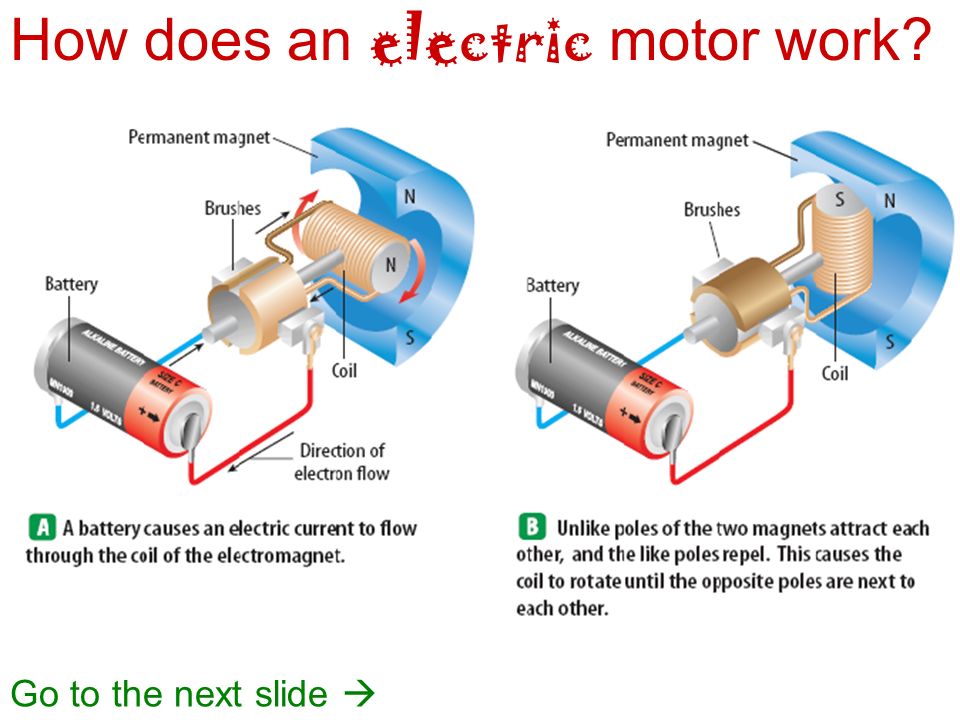 3 kg 3 kg |
|
|
|
|
| | 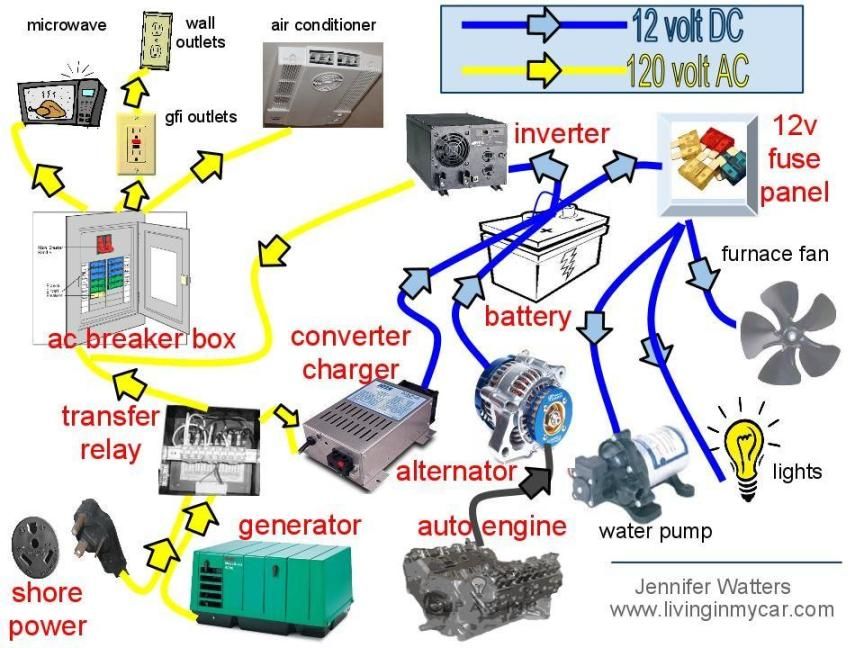 55 kg 55 kg 9012 | 9012 | 9021 | A.2 1 9021 | |
| | | 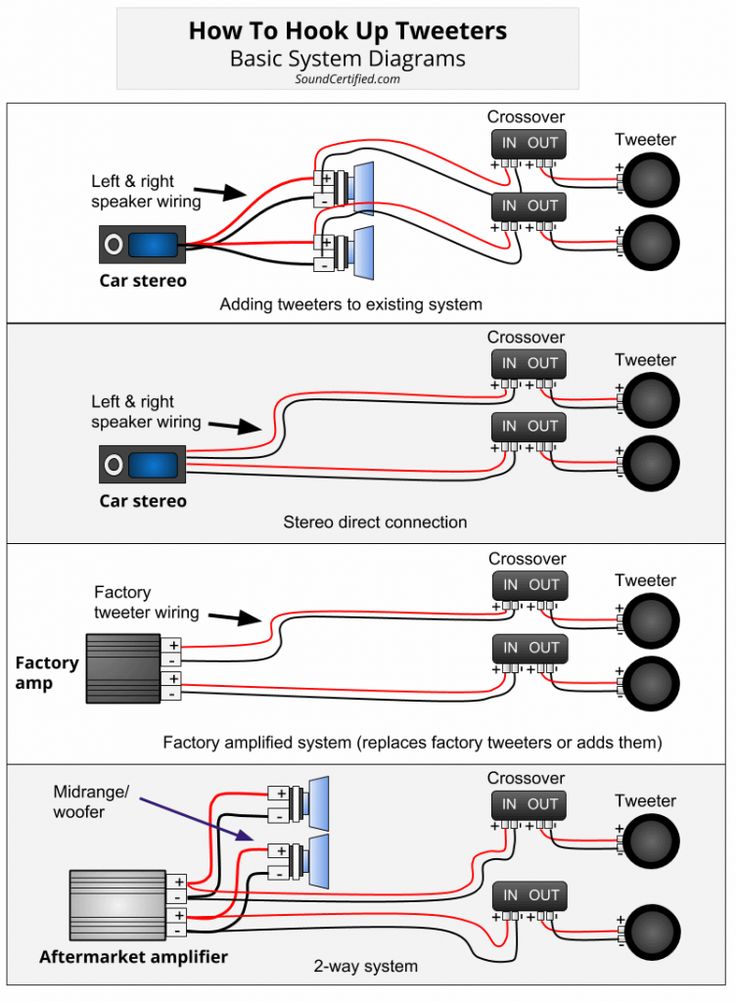 4 kg 4 kg | | | |
The table shows typical capacities that are used to manufacture most modern batteries. But you can find a battery with any other capacity in the range from 2.3 to 30 ampere-hours. It is also worth noting that all the above models are designed for a voltage of 2 at 12 V. There are batteries with other voltage indicators (for example, 6 V).
The starting (or starting) current that the battery is able to give directly depends on the capacity of the battery. This is the amount of electricity that the motorcycle needs to start and start all the electrical mechanisms. Pay attention to the line of the table dedicated to Skyrich batteries. The larger the battery capacity, the greater the starting current. According to this indicator, all batteries can be divided into 3 classes:
1. Batteries less than 12 Ah. They are capable of running lights, ignitions and speakers on medium to large motorcycles (when used as an extra battery). In addition, such batteries are used to start the engine and ensure the operation of all electrical circuits of some models of small displacement motorcycles. The engine capacity of such bikes rarely exceeds 500 cubic centimeters. Often they are also used on ATVs, snowmobiles, etc.
2. Batteries with a capacity of 12 Ah. Used to supply current to all systems and start the engine of medium-sized motorcycles, which are the majority on the market.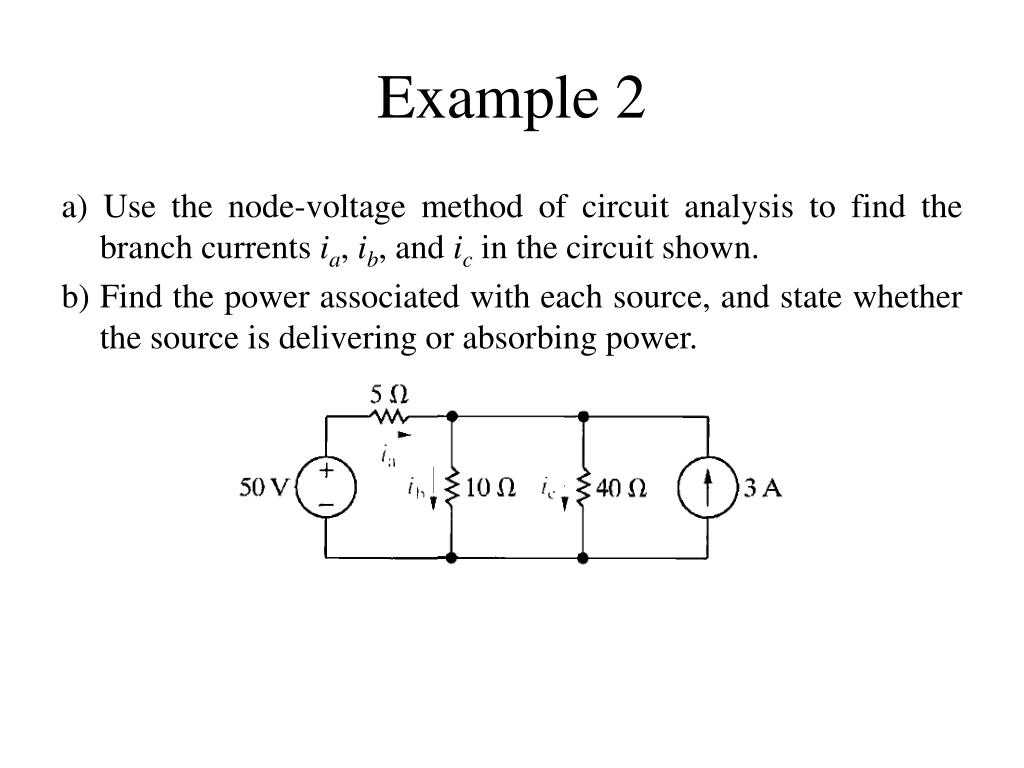 The engine capacity of a significant part of these bikes is in the range of 900 cc. see But there are exceptions. So, the Skyrich YT14B-BS battery can be installed on some models of Yamaha motorcycles (XV17P Road Star Warrior and Silverado). But this is precisely the exception to the general rule.
The engine capacity of a significant part of these bikes is in the range of 900 cc. see But there are exceptions. So, the Skyrich YT14B-BS battery can be installed on some models of Yamaha motorcycles (XV17P Road Star Warrior and Silverado). But this is precisely the exception to the general rule.
3. Batteries over 12 Ah. They are used for installation on heavy motorcycles (with an engine capacity of 900 cc).
2. Voltage battery is the potential difference immersed in the electrolyte and operating on the positive and negative electrodes. Voltage battery is not constant. It changes depending on the state of charge of the battery.
Each battery is labeled with all necessary data.
Sometimes the marking is in a continuous format and looks something like this: 12V12Ah. Decryption: voltage - 12 volts, capacity - 12 ampere-hours.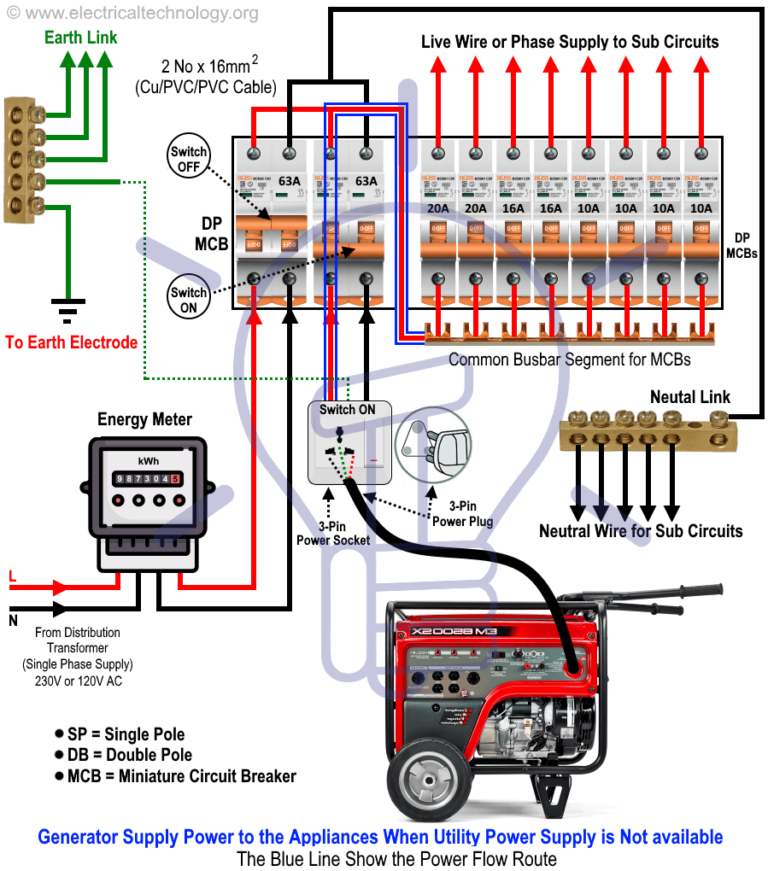
There are several more less common markings, which are shown in the diagram below.
If for some reason this parameter is not indicated on your battery, you can look at the data sheet. It usually gives not only the capacity of the battery installed at the factory, but the range of battery capacities that can be installed on the bike. This is done in case a specific factory battery model cannot be found. Well, or if you think that you need more starting current than provided by the manufacturer (we will talk about why such situations can arise below).
If this option did not work either (the registration certificate is far away or lost), you can use the services of one of the online services, which will not only tell you the battery capacity, but also select the right battery for your motorcycle model.
If you purchase a battery with insufficient capacity, it may not have enough starting current to start your motorcycle.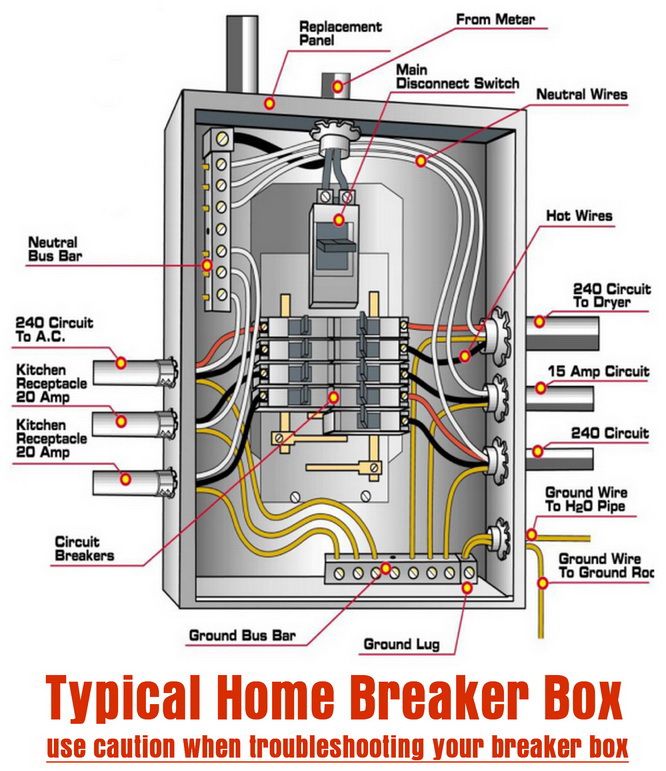 Or the normal operation of headlights, lighting and other electrical equipment, which is becoming more and more on modern bikes. In addition, it should be borne in mind that in the cold season, starting the engine is even more difficult due to low temperatures. And in such a situation, it is extremely useful to have some reserve battery capacity.
Or the normal operation of headlights, lighting and other electrical equipment, which is becoming more and more on modern bikes. In addition, it should be borne in mind that in the cold season, starting the engine is even more difficult due to low temperatures. And in such a situation, it is extremely useful to have some reserve battery capacity.
A slightly larger battery than factory installed is available for purchase. Many manufacturers are trying to save money and do not complete their products with the most powerful option available. But before you take that step, make sure a battery with a higher capacity will fit in the space allotted to it. In the table above, you can see that the larger the capacity of the battery, the more space it takes up in all three parameters. In addition, do not forget that buying a battery with a larger capacity is an additional overpayment, which is most often unjustified. And this overpayment can be avoided if you correctly select the battery capacity.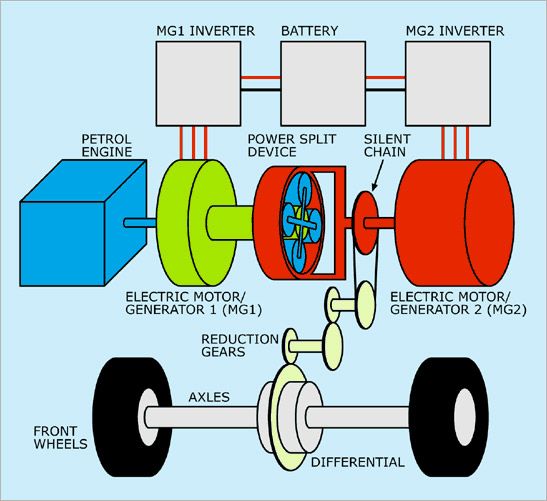
Battery capacity will steadily decrease during use due to normal wear and tear. But if the battery is used correctly, then a decrease in capacity will become apparent only a few years after the start of using the battery. Usually towards the end of the warranty period.
There are factors that can accelerate battery degradation.
1. Deep discharge. If you allow an acid battery to discharge below 10.5 volts, its capacity will be greatly reduced after returning to life.
2. Charging too often. If the battery does not yet require recharging, it is better not to connect it to the charger again. As a rule, the procedure is required once every two to three months.
3. Electrolyte contamination. This item applies to serviceable batteries only. An electrolyte is a liquid that conducts current inside a battery. During operation, this liquid gradually evaporates.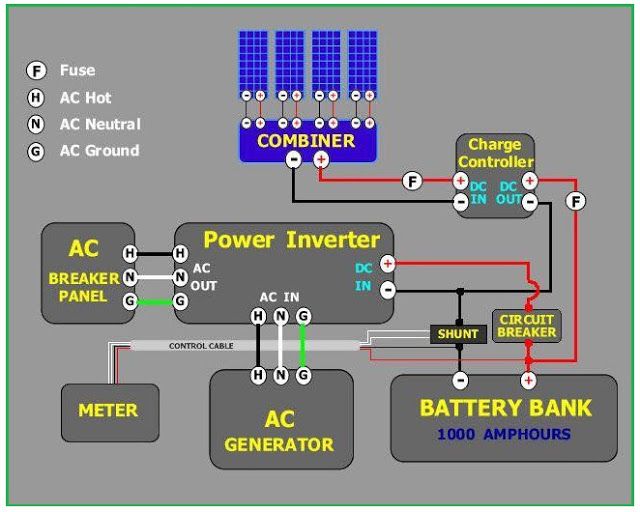 Therefore, the electrolyte volume must be regularly replenished (because of this, such batteries are called serviced). If the iron or chlorine in the electrolyte exceeds the allowable values, the battery will quickly lose its capacity. Therefore, it is necessary to replenish the electrolyte level only with distilled water.
Therefore, the electrolyte volume must be regularly replenished (because of this, such batteries are called serviced). If the iron or chlorine in the electrolyte exceeds the allowable values, the battery will quickly lose its capacity. Therefore, it is necessary to replenish the electrolyte level only with distilled water.
4. Incorrect storage conditions when disconnected. A long stay of a disconnected battery at a negative temperature or in conditions above 15-20 degrees will also adversely affect its capacity. The ideal temperature is ten to fifteen degrees above zero.
5. Low driving speed. Some motorcycles, when riding at too low a speed, do not sufficiently charge the battery, resulting in a loss of capacity. But this is an extremely rare case, and the speeds should be really very low. When driving in normal city traffic, this does not threaten.
How can you avoid rapid battery loss and extend battery life? It is enough to avoid everything that is described in the five points above.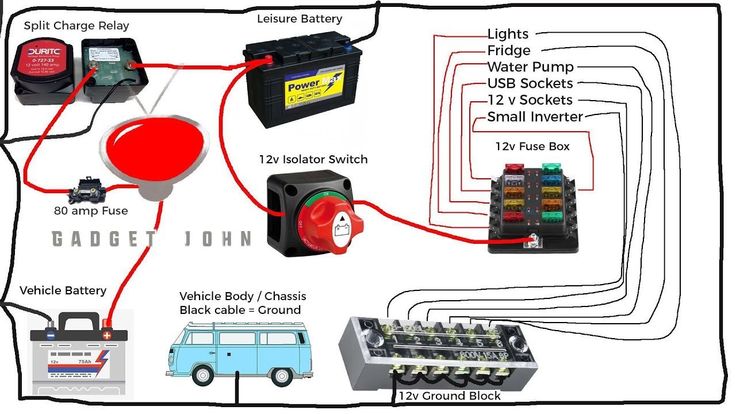 It is worth adding only that during the wintering of the battery in your home it is also worth recharging it 1-2 times in order to avoid excessive discharge. In the rest - go and do not worry, the battery will last as long as it should.
It is worth adding only that during the wintering of the battery in your home it is also worth recharging it 1-2 times in order to avoid excessive discharge. In the rest - go and do not worry, the battery will last as long as it should.
A battery with a larger capacity than the one supplied by the manufacturer may be needed in two cases.
1. Winter driving. It is in the cold that a few extra ampere-hours can provide the necessary starting current to start the engine.
2. For mounting accessories. A larger battery may be needed if you are going to hang your bike with various electrical gadgets: a powerful sound system, lighting not provided for by the design, additional alarm, etc. For all this, the standard battery capacity may not be designed and you will have to choose a more expensive model.
Before purchasing a larger capacity battery, make sure there is room for it.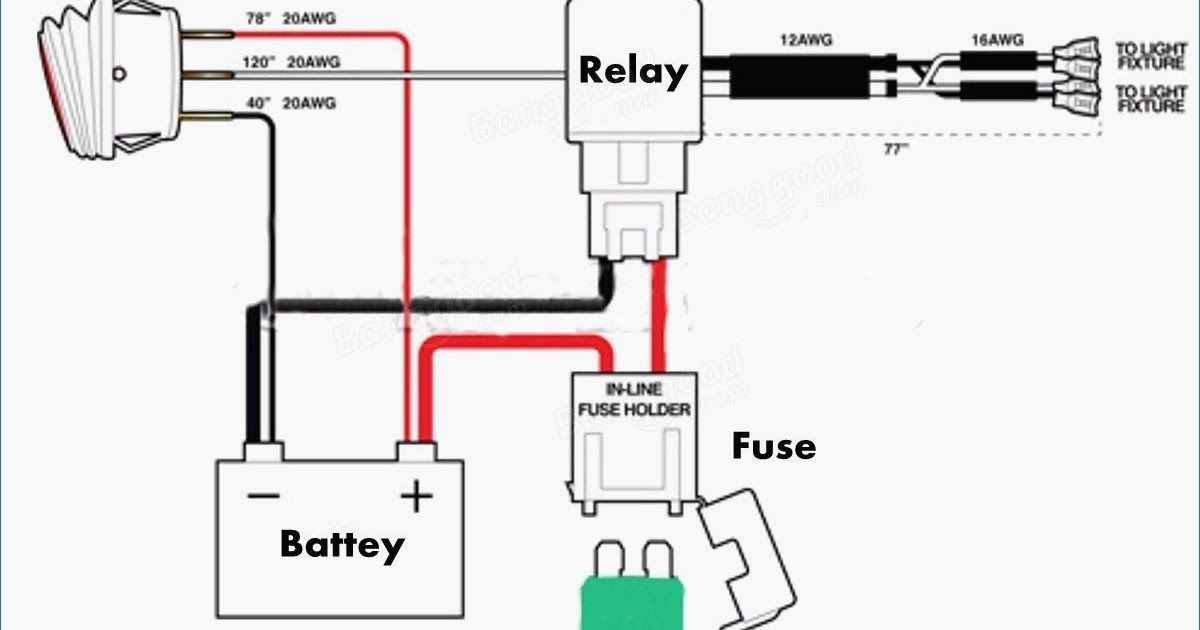 The larger the battery, the more space it takes up.
The larger the battery, the more space it takes up.
Battery capacity AFFECTS:
1. Its size. The larger the capacity, the more space the battery takes up. This does not mean that batteries with the same capacity will all be the same size. Sometimes they differ in height or width, but this is already due to different manufacturer standards (see table above).
2. Its weight. The same situation. How much the weight of the battery increases, depending on its capacity, can also be seen in the table.
3. Inrush current. The larger the capacity of the battery, the more starting current it can provide. The stronger the starting current, the larger the engine size that can serve the battery. And the more various additional devices you can place on it.
4. Battery life. If your motorcycle's electricity consumption is 1 ampere per hour, then a battery with a capacity of 12 ampere hours will last 12 hours in offline mode.